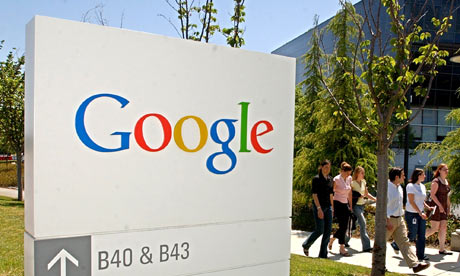
Some way into this book, you realise something, or at least I did. Only the first 136 pages have anything to do with Google's interview technique. The rest, for almost as many pages, is consumed by "answers" to the many questions that we find along the way.
After realising this, you wonder something else: do I care? Silicon Valley may well have the most talked about HR departments in the world, but they are HR departments. How much, ideally, do I want to read about them? Might I have preferred to settle down with a book that didn't bother trying to be a practical, topical and revealing guide to hi-tech job interviews, but instead just called itself "101 Great Maths and Logic Puzzles"?
Actually, if we're going to be as accurate as possible, which the book insists we should, then "101 More Great Maths and Logic Puzzles" is what it ought to call itself. This, after all, is the sequel to a compendium of Microsoft's interview questions already published by the author, William Poundstone, a Pulitzer-nominated science writer. To convince us of the second book's relevance, he gamely invents the task of coaching people to apply to technology companies after the recession, and then squares up to it. "Along the way," he adds, "you'll learn something about the still-profound mystery of creative thinking."
Not very much, you won't. But you will get to ponder things like this: "You're playing football on a desert island and want to toss a coin to decide the advantage. Unfortunately, the only coin on the island is bent and is seriously biased. How can you use the biased coin to make a fair decision?" (Answer at the end of this review.)
So, forget Google. If you like this kind of thing, and if you have the time for it, then you will love this book. The above is a simple example, but there are more than 100 others, many of them subtle and sophisticated. I found outright beauty in the reasoning that seeks the quickest way, with two eggs, to determine which floor in a 100-storey building is the highest you can safely drop one from. Another puzzle asks what follows the sequence 10, 9, 60, 90, 70, 66. It turns out that each number, when written as a word, is the highest possible containing one more letter than its predecessor. The next number could be 96 (since "ninety-six" contains one letter more than "sixty-six", and everything beginning "one hundred" is already too long). Full sucking-up-to-Google marks, however, go to anybody who suggests 1 with 101 zeroes after it, which can be written as "ten googol", the maths term from which the company took its name.
There is quite a lot of sucking up to Google, actually, even though the effectiveness of the company's methods is far from proven. (My hunch is that perks and prestige are what fill their waiting room with A+ candidates, causing the difference between a good and a bad hire to flatten towards the point where it scarcely matters what you ask them.)
And there are other nuisances. Somebody has managed to imagine that the book's American references would bewilder foreign readers, and Britishised them into "Waitrose", "Belmarsh", "quid" etc, which is patronising and weird – especially in a book that asks how "smart" we are. Poundstone sometimes over-explains things too, such as what a prime number is, which does not suggest a high opinion of our smartness either. In the ways that matter, though, he is an excellent writer, keeping chattiness and detail balanced, and steering us with jovial ease through some captivating algebraic pages. Just don't let what he says the book is for get in the way of what it is.
(Coin answer: The chance of one toss producing a head is different from the chance of it producing a tail, but the chance of two tosses producing a head then a tail is the same as the chance of two tosses producing a tail then a head. Allocate head-then-tail to one team and tail-then-head to the other, then keep tossing the coin in groups of two, ignoring double heads or double tails, until you get a result.)
Leo Benedictus is author of The Afterparty (Vintage). This article was amended on 23 April

